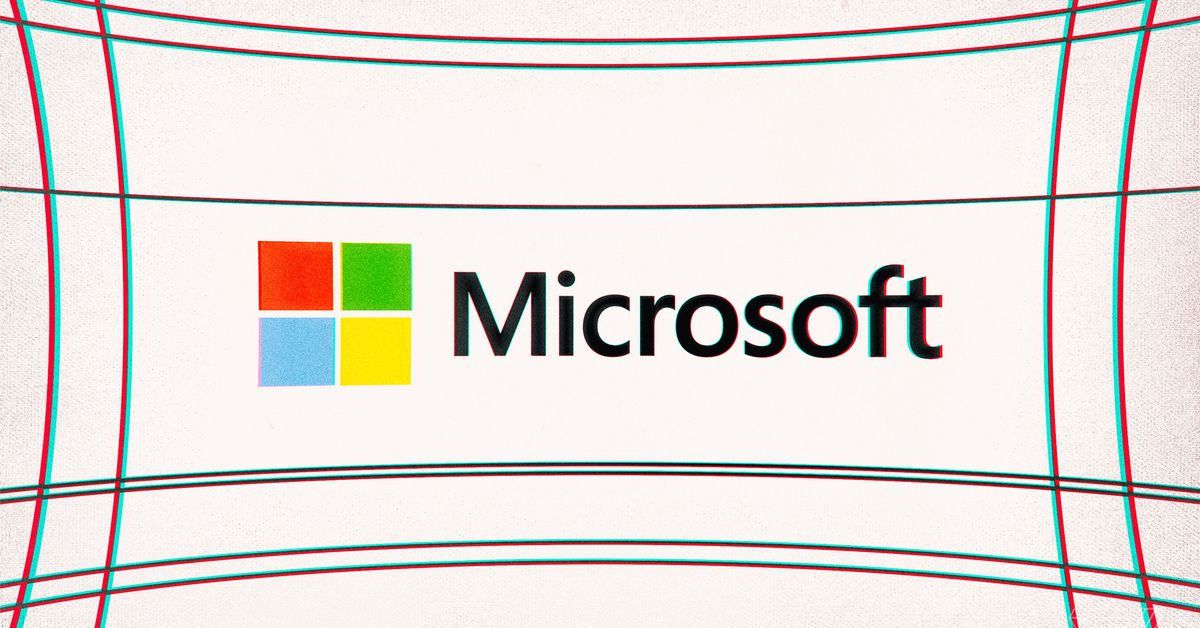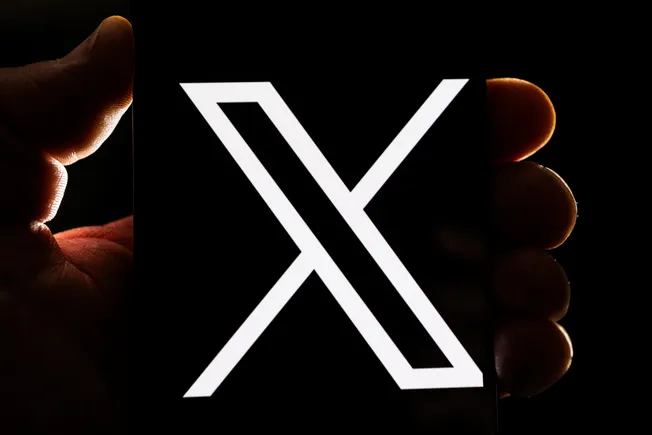Robot umpires could be coming to Major League Baseball in 2024
Don’t like the strike call? Take it up with the robot. | Photo by Stephen Maturen / Getty ImagesTwo years from now, in baseball stadiums around the US, the umpire behind home plate might be little more than a...

Two years from now, in baseball stadiums around the US, the umpire behind home plate might be little more than a mouthpiece for a robot. Major League Baseball plans to introduce robot umpires in the 2024 season, MLB Commissioner Rob Manfred told ESPN this week. He framed the change as a way to speed up games, but anyone who’s watched baseball the last few years will tell you that a machine would almost certainly call balls and strikes better than the humans do.
There are two ways the “Automated Ball-Strike System,” which is the technical term for these robot umpires, might be implemented. One is the fully automated version, in which the AI-powered system calls every pitch a ball or a strike and relays the call to the umpire. Or the MLB could decide to use the AI as a review system, like VAR in soccer or the Hawk-Eye system used in professional tennis: each side gets a certain number of challenges, which are then adjudicated by the automated system.
Robot umpires have been showing up at minor league baseball games for the last couple of years, and the tech seems to work. (It’s not that different from the strike zone you see superimposed on a TV broadcast.) The existing system was developed by a company called TrackMan, which also builds sophisticated ball-tracking tech for golfers. In practice, it’s quite simple: the umpires slip a dedicated iPhone into their back pocket and an earbud into their ear, and the system signals ball or strike into their headphone after every pitch. Part of the goal has been to make the on-field product look the same, with umps making the calls — no hulking robot standing behind home plate — only faster and more accurately.
:no_upscale()/cdn.vox-cdn.com/uploads/chorus_asset/file/23662853/1161326718.jpg) The TrackMan system uses a Doppler radar system to track every pitch.Photo by John Tlumacki / The Boston Globe via Getty Images
The TrackMan system uses a Doppler radar system to track every pitch.Photo by John Tlumacki / The Boston Globe via Getty Images
Still, the robots have definitely changed the game. The automated system has tended to call more strikes than a human would, meaning players have had to re-calibrate their own understanding of what pitch is what. And even with these automated systems in place, umpires still have plenty to do calling check swings, plays at the plate, and even occasionally overruling the robots.
The robots started in the lower rungs of baseball’s minor leagues, but this season, they’ve also been used in Triple-A games, which is the next best thing to the majors. Per ESPN, the robot umpires lop nine minutes off the length of an average game in which they’re used. (Manfred also said a pitch clock could be used to speed up the game, and that could come as soon as next year.)
Robot umpires have felt like a looming certainty for some time. They won’t solve everything, nor will they end fan arguments — just ask anyone who’s been screwed by a VAR call in a nail-biter soccer match. But as baseball continues to look for ways to appeal to a younger generation that has no interest in a five-hour-long game, robots might help pick up the pace.

 AbJimroe
AbJimroe 






























